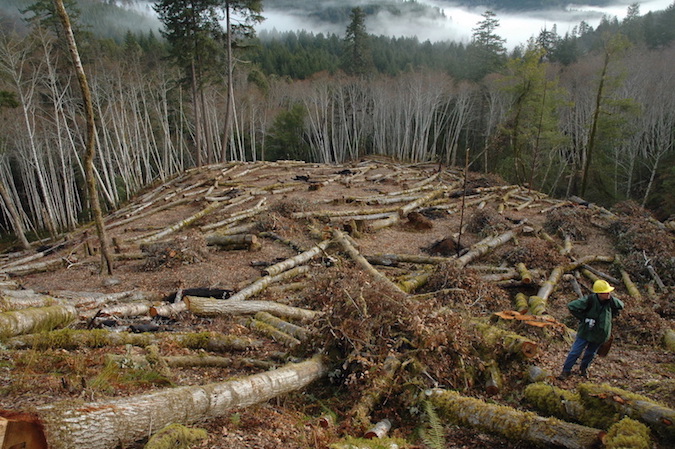Forest stand conditions after Phytophthora ramorum management in northern California: post-treatment observations inform future responses
Abstract
In 2006, several isolated Phytophthora ramorum infested locations were selected just outside an 800-ha infested area in southern Humboldt County, California, for silvicultural treatments that targeted the removal and/or reduction of tanoak (Notholithocarpus densiflorus) and California bay laurel (Umbellularia californica), the main tree hosts supporting sporulation of P. ramorum. The treatments included cutting of hosts, cutting with burning, and herbicide removal. Important differences emerged between the treatment responses in shrub cover, tanoak resprouting, fuel loads, and host tree regeneration. In 2010, another isolated infestation was verified in northern Humboldt County. This infestation was 80 km away from the core infested area in southern Humboldt. Stand-level P. ramorum disease dynamic models and forest growth simulations parameterized with data collected in this northern infestation suggested that California bay laurel and tanoak thinning treatments may slow tanoak mortality, foster a greater component of mature tanoak over the next 100 years, and contribute to greater amounts of live-tree carbon. Reviewing these long-running, landscape-scale P. ramorum management projects provides a platform to inform future adaptive management of P. ramorum. This paper summarizes two presentations from the Sixth Sudden Oak Death Science Symposium held in June 2016 in San Francisco, California.Downloads
Published
2017-10-04
Issue
Section
Articles

